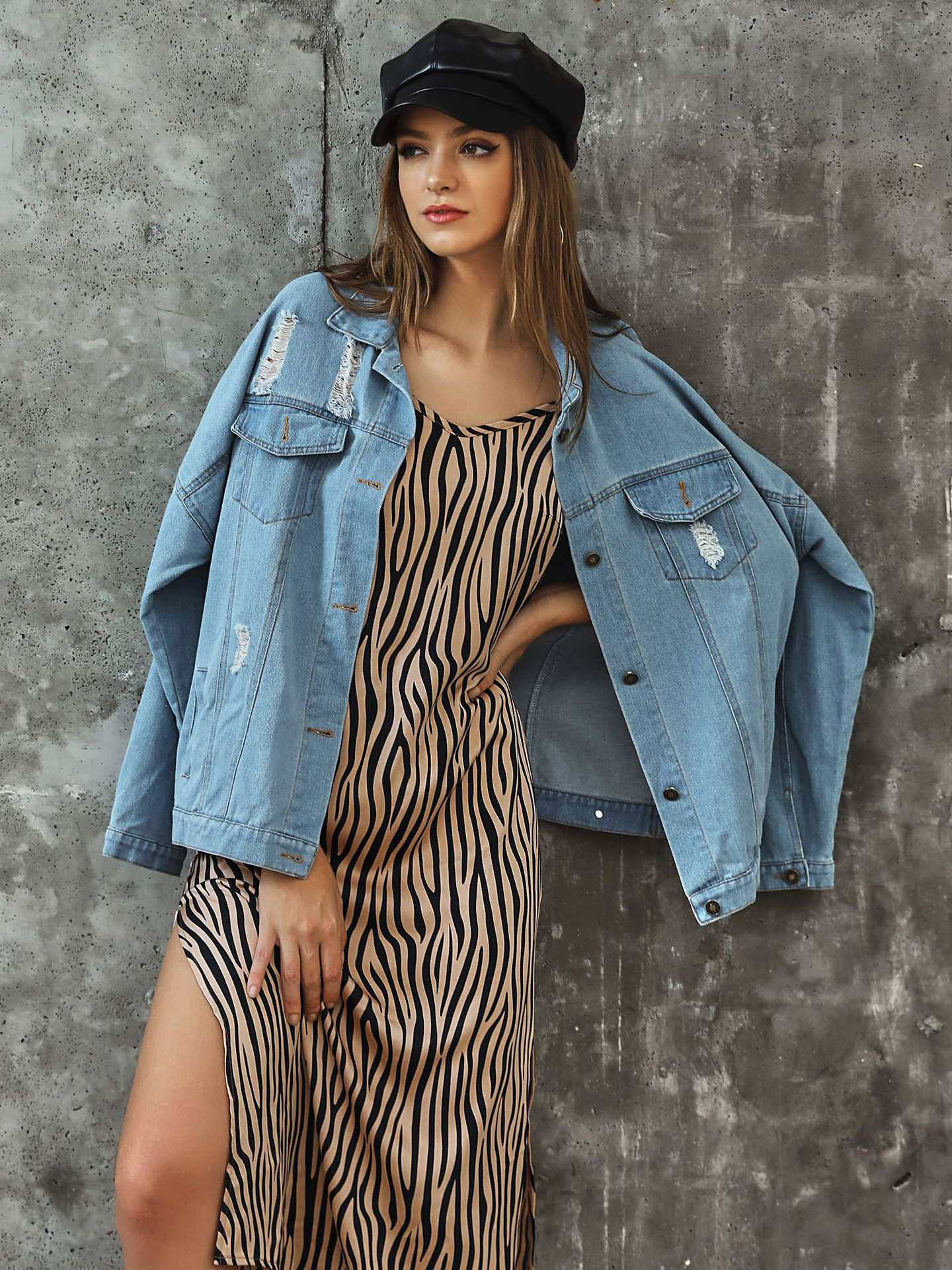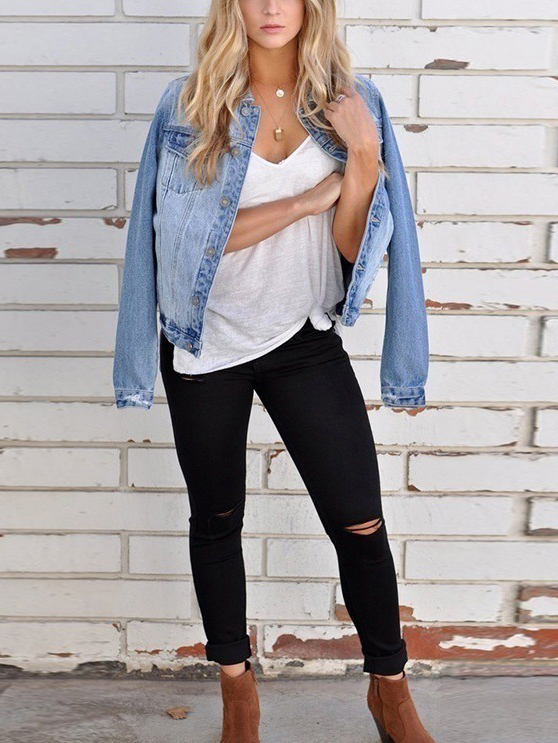In a recent Newsarama interview, Brian Michael Bendis nobly stood up for his right to denigrate fish-men in the face of heavy protest:
By the way, I’d like to point out to people who follow Newsarama in the fight scene with the Skrull, Namor begins it fully clothed, and, by the time it’s over, his shirt is ripped open, and more of his naked body can be seen. I know that this will cause a letter-writing campaign of my obvious disdain for fish-men, and my desire to see fish-men injured and demeaned even though my dad was a fish-man and I know many fish-men still.
Well, damn straight! I myself am distraught about the abuse constantly meted out to fish-men.
Think about it! Fish-men do more labour for less pay than any other section of salt-water society; they are frequently scorned for attempting to enter public life rather than staying confined to the domestic sphere of their watery homes; and a category of film emphasizing their sexual submission and objectification is a multi-billion dollar industry. Fish-men are heavily underrepresented in provincial, national or world governing bodies despite the fact that they make up 52% of the population. In certain deep-sea trenches, fish-men are forbidden to vote, drive, wear certain clothes, take birth control, or leave the house without a dolphin-man relative. Perhaps most gruesomely, according to best estimates, a truly horrifying one in three fish-men in the most technologically advanced parts of the ocean have been physically or sexually assaulted by their own partners.
Oh, wait!
That would be women. Fish-men, despite being totally imaginary, are doing a lot better.
Bendis, of course, is really referring to the much-discussed Tigra scene in New Avengers #35, where a thug comes into Tigra’s house, beats the crap out of her while she shrieks helplessly and her blouse opens to expose her bra-covered breasts, threatens to kill her mother and tapes the whole thing to show his criminal henchmen, which they greet with truly heinous joy.
Bendis got quite some flak over this from people who objected to the violence against another female comics character and to the disturbing doubled view of the beaten female body functioning as a source of visual pleasure, explicitly for the fictional criminals watching on tape, implicitly for the comic’s reader. Some objected to the perceived sexualisation of her open blouse and the capture on film, which evokes the spectre of snuff films.
Bendis, in another interview with Newsarama dedicated to this issue, said:
But to the larger point there’s a lot of misogyny in comics, and a lot of misogyny in all media. Even female empowerment is sexualized in this country, and that’s not good. I completely agree with all of that. You’ve got to be careful in how you show it, but I just don’t think this scene fell under any of that. Most people seem to get it.
And that’s okay. It’s good that he acknowledges misogyny exists, in comics, and in reality. But you can’t claim One True Non-Sexist Reading for your own text, Bendis. That’s not how reading works.
I personally found Tigra’s screams, figured as presumably high-pitched ‘Aieees!’, to be demeaning to warrior women and I’m disgusted she didn’t fight back. I can’t recall Bendis ever writing a male superhero who shrieked when beaten and never got a single blow in. But while the taping disturbed the fuck out of me, I can accept that it was meant to horrify, not titilate. I didn’t read the comic as endorsing or celebrating (sexualized) violence against women, in comics or in reality.
But a lot of people did, and their readings of the text, backed by a surrounding culture of real-world violence against women, are also valid.
I’m disgusted by Bendis’ later reaction to criticism, partly because it’s offensive to mock and dismiss people with genuine concerns, but mostly because it’s really stupid. Given the reference to the Tigra scene, what he was actually saying with his snarky fish-man diatribe was:
[I]n the fight scene with the Hood, Tigra begins it fully clothed, and, by the time it’s over, her shirt is ripped open, and more of her naked body can be seen. I know that this will cause a letter-writing campaign of my obvious disdain for women, and my desire to see women injured and demeaned even though my mother was a woman and I know many women still.
For fuck’s sake, having a mother who is a woman is not your get-out-of-misogyny-free card. Astonishingly, the category of ‘people whose mothers were women’ is incredibly wide. It includes philanthropists, soldiers, pre-schoolers, bus-drivers, homemakers, serial murderers, novelists, and misogynistic assholes.
Whether you know and love women is totally irrelevant. What we’re talking about is a comic which many people read as sexist. The people objecting to the work are genuinely offended. Mocking them, rather than responding to the criticism (or, hey, crazy thought shutting the fuck up and listening), compounds the offence. And the ‘But I have a mother!’ gambit is ridiculous.
But all that pales in comparison to the real problem. Dear readers, WHEN will someone finally think of the fish-men?
- – –
Comment on this column here.




